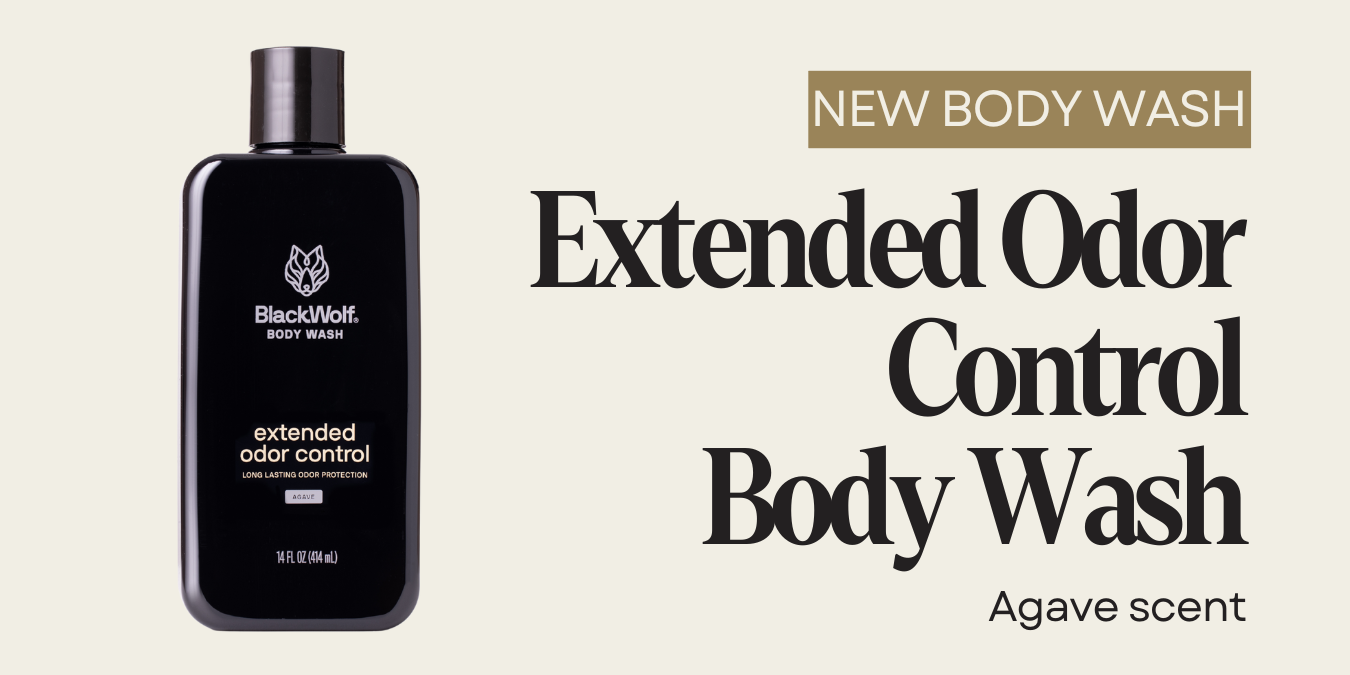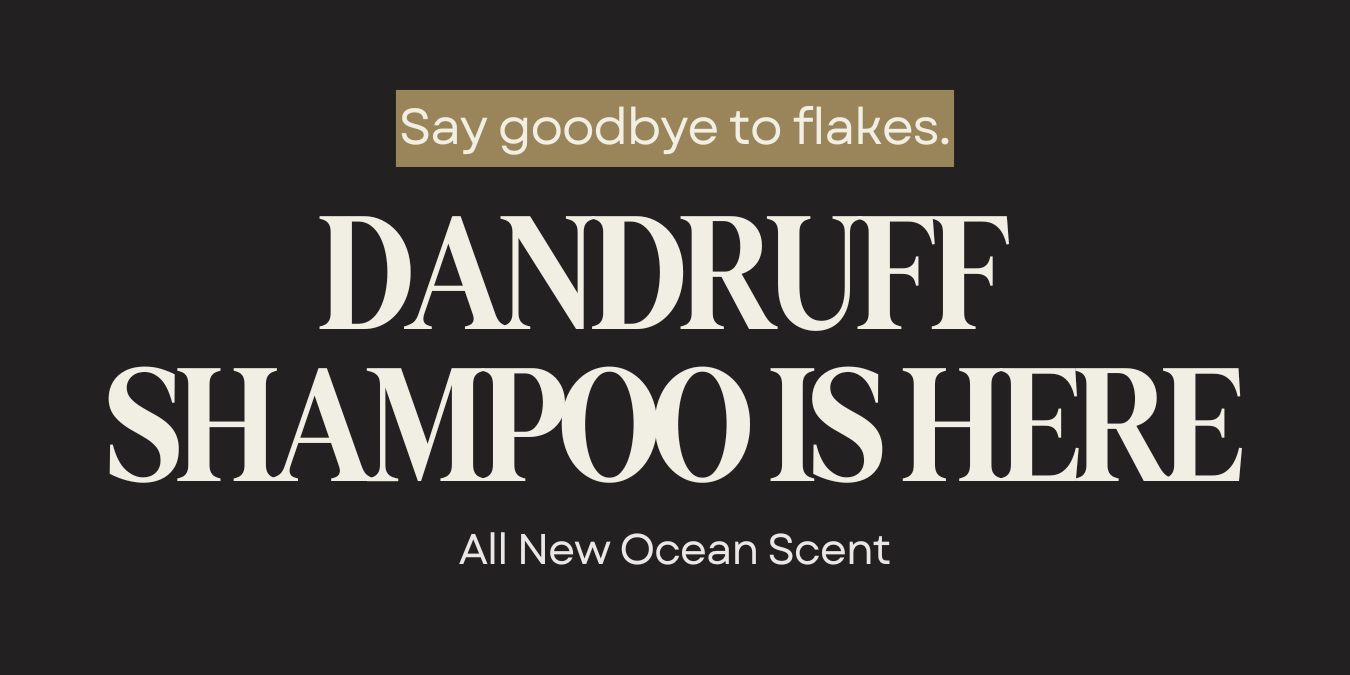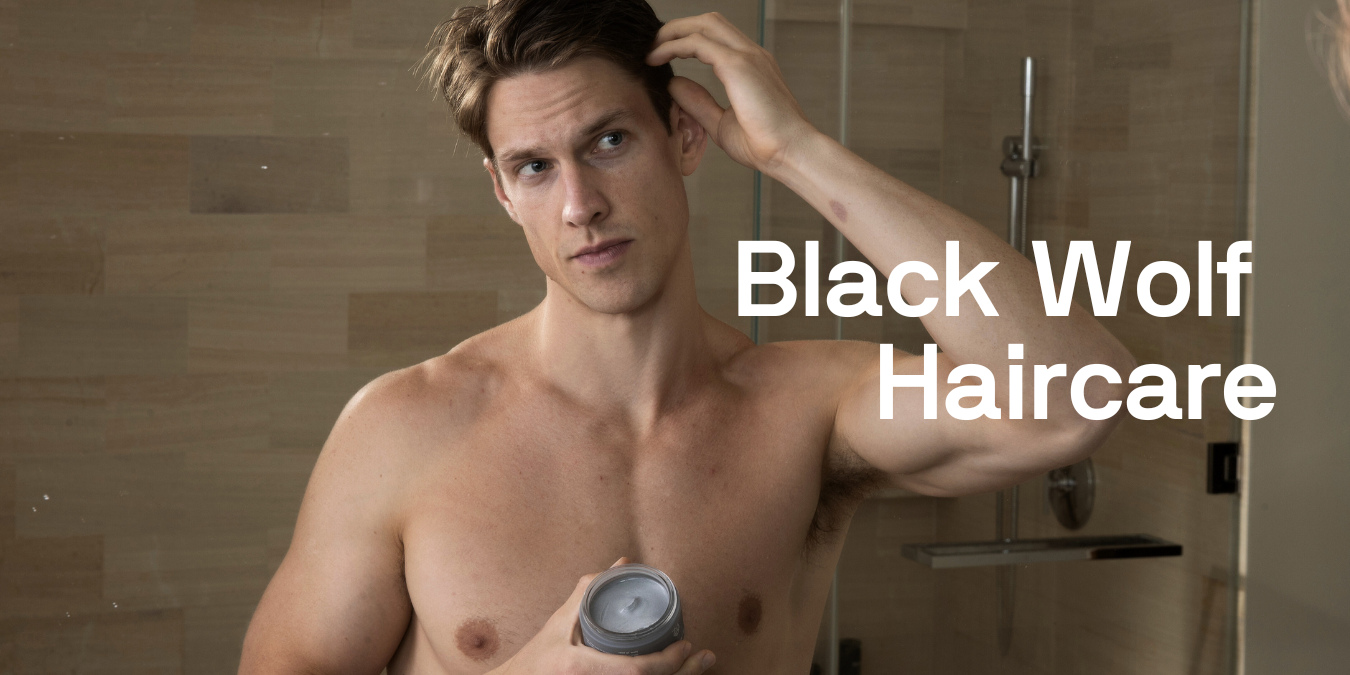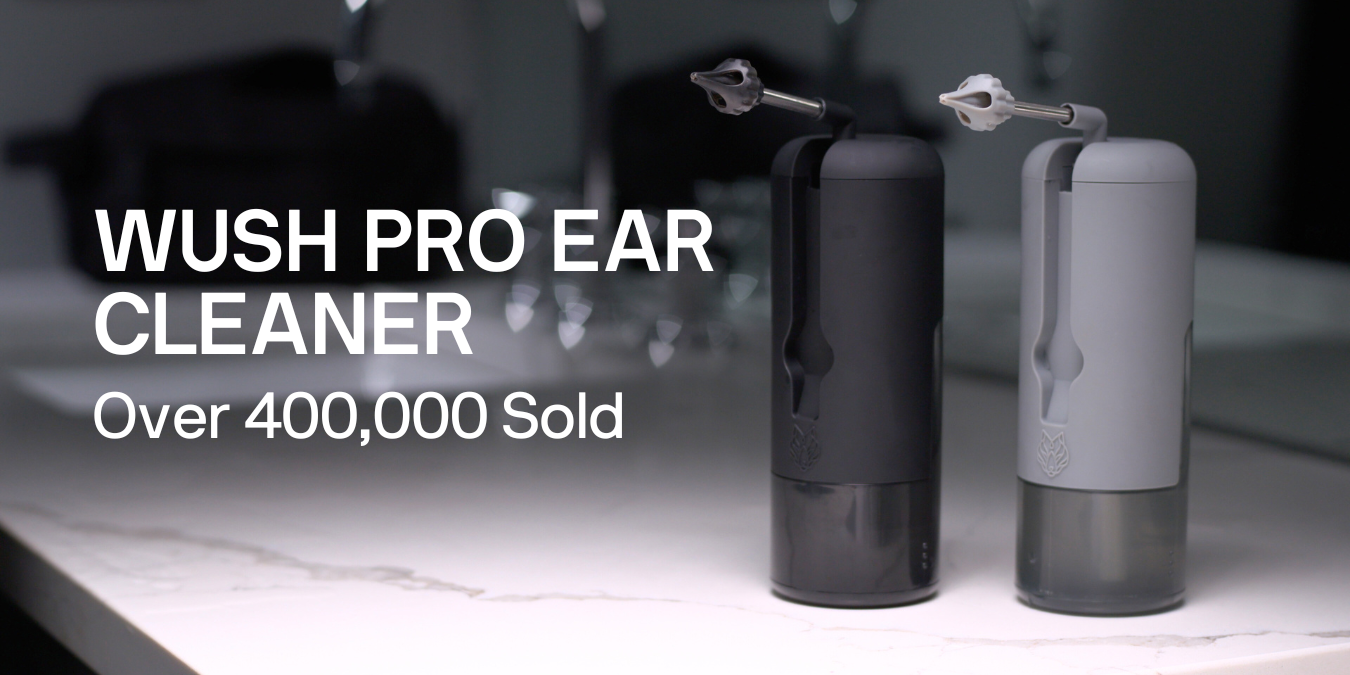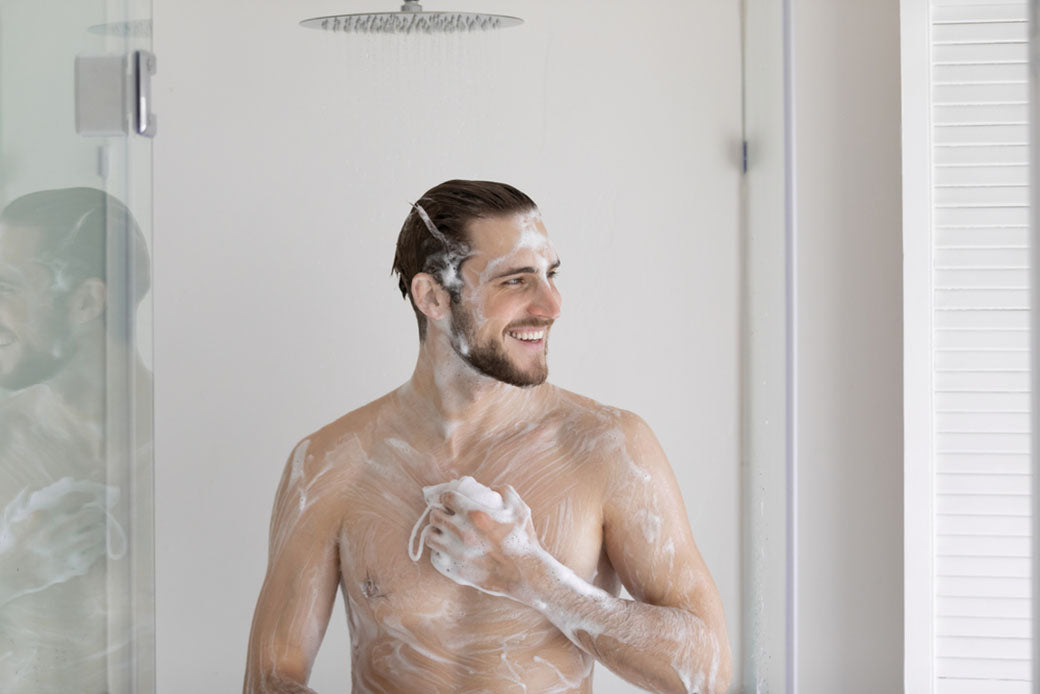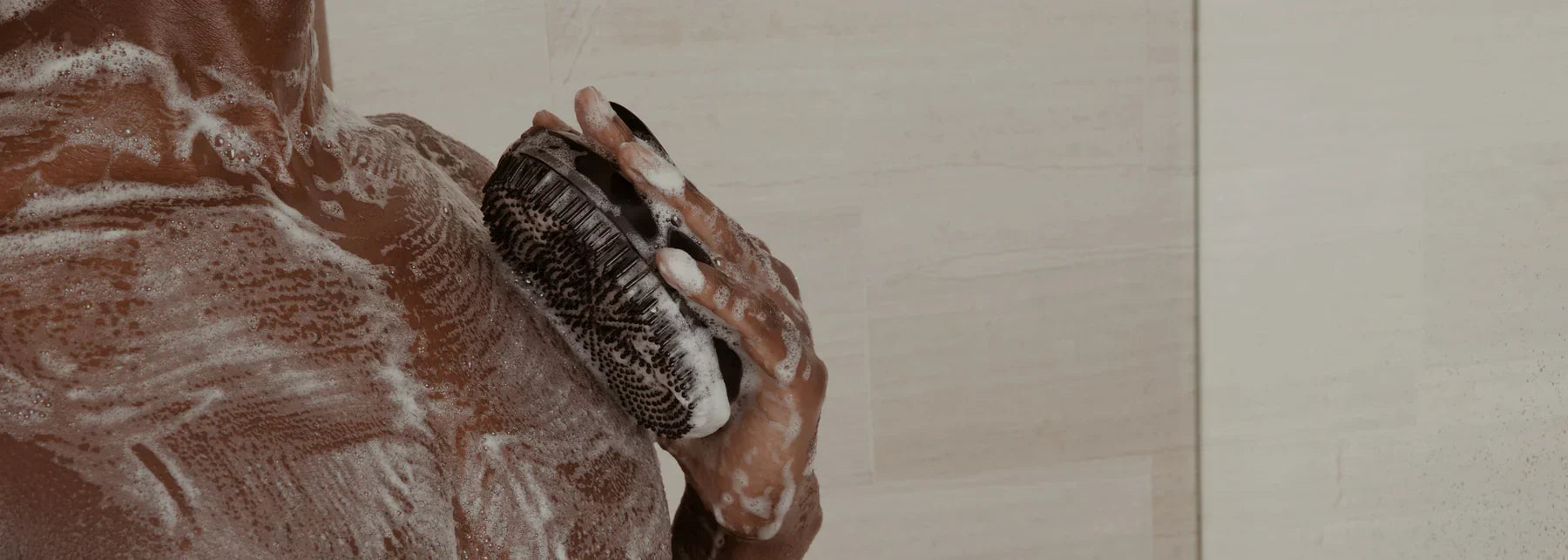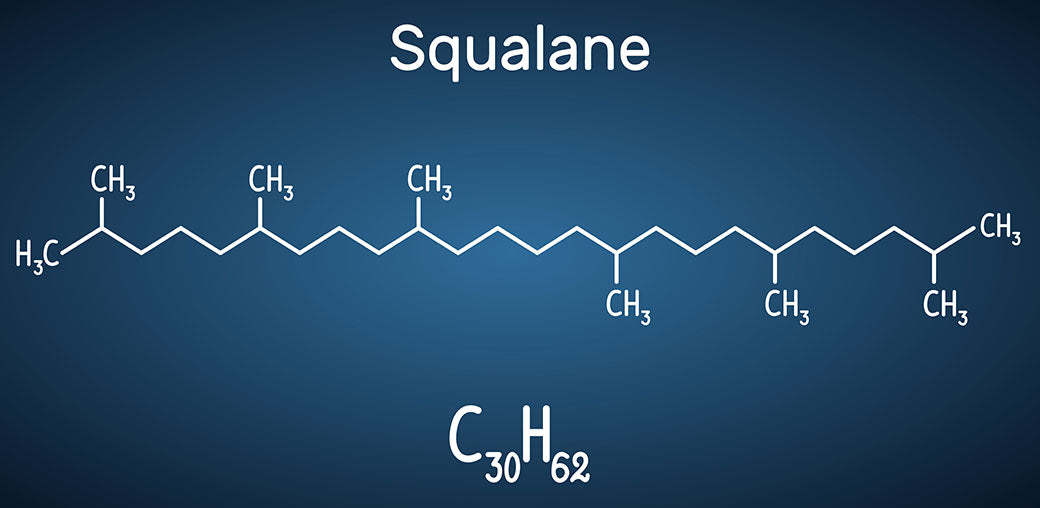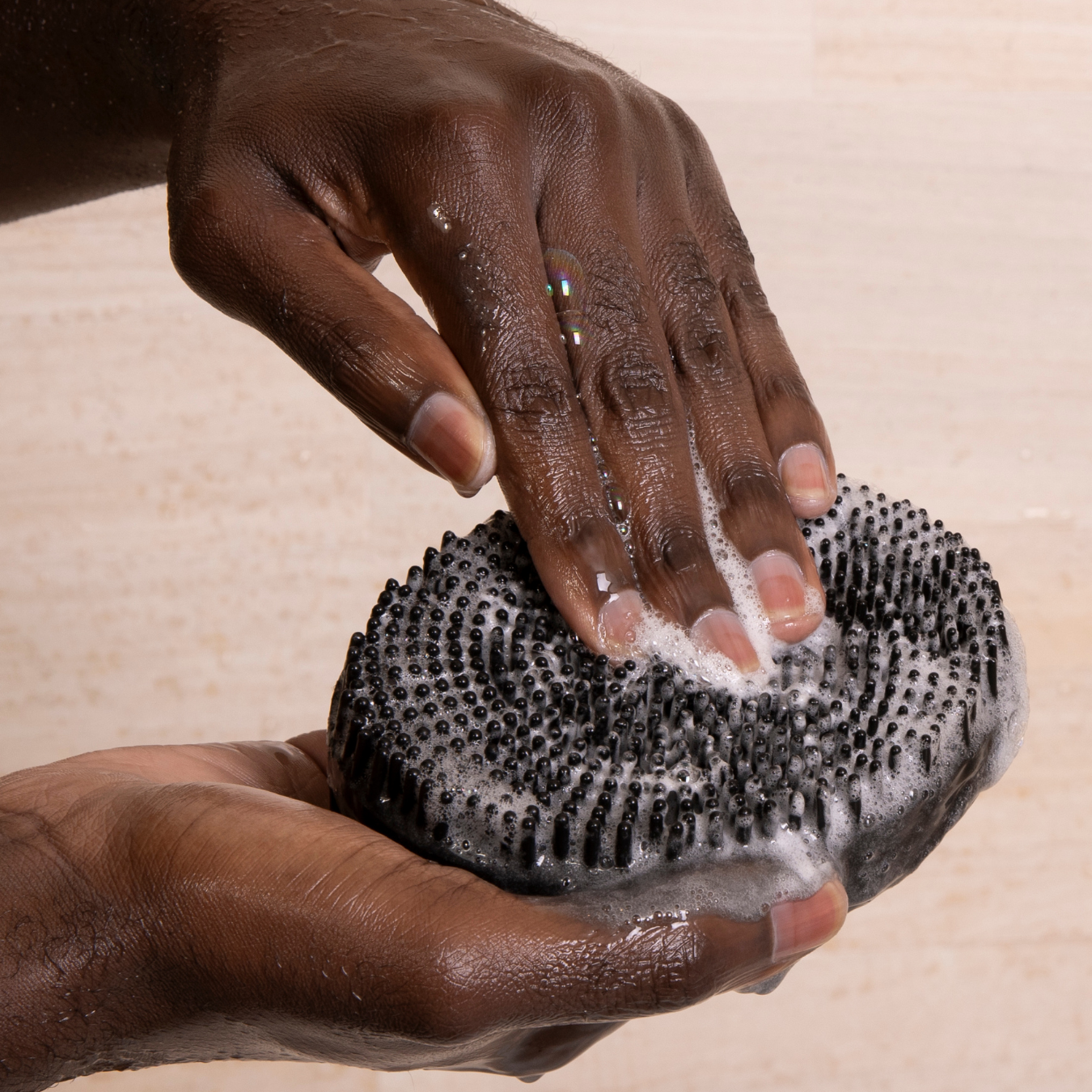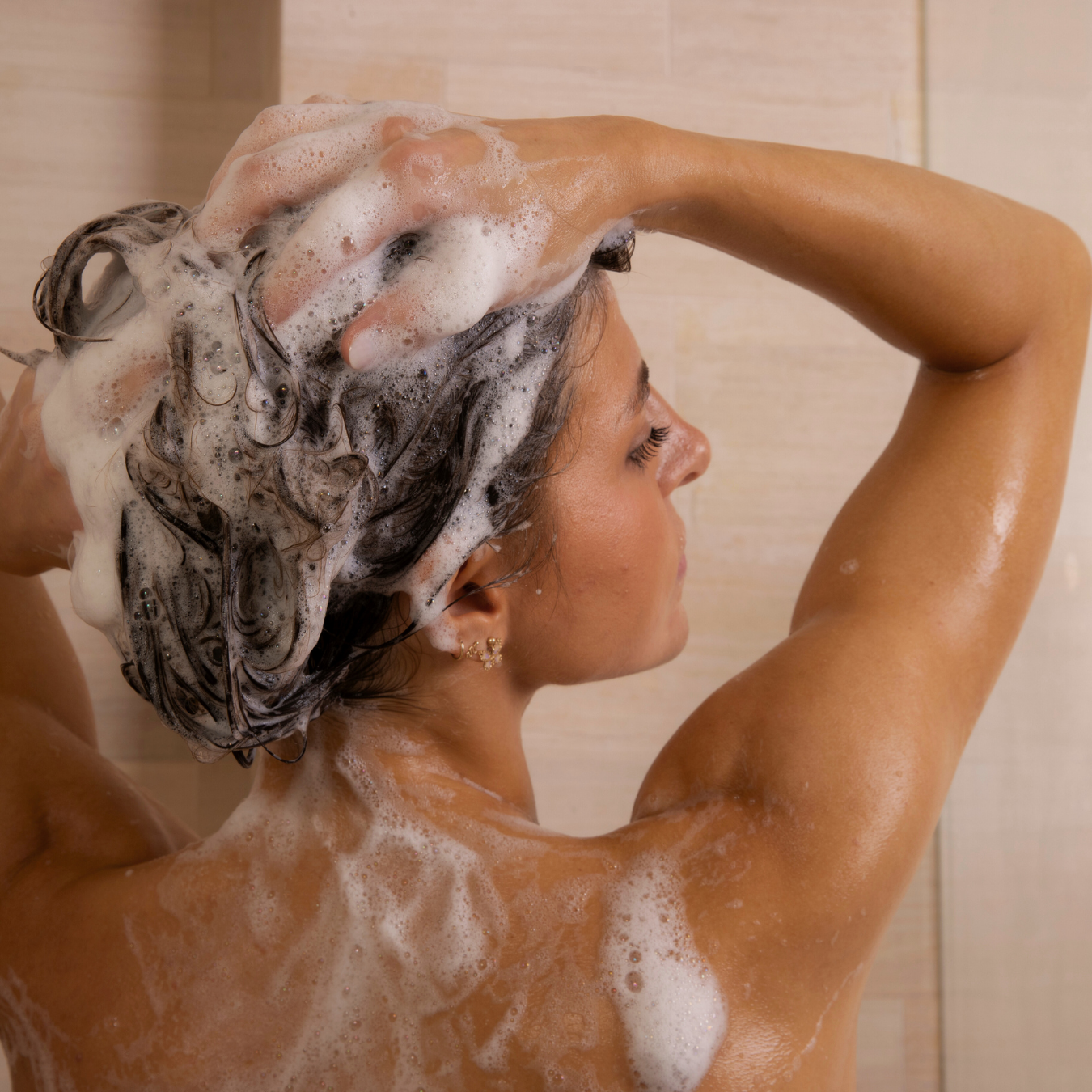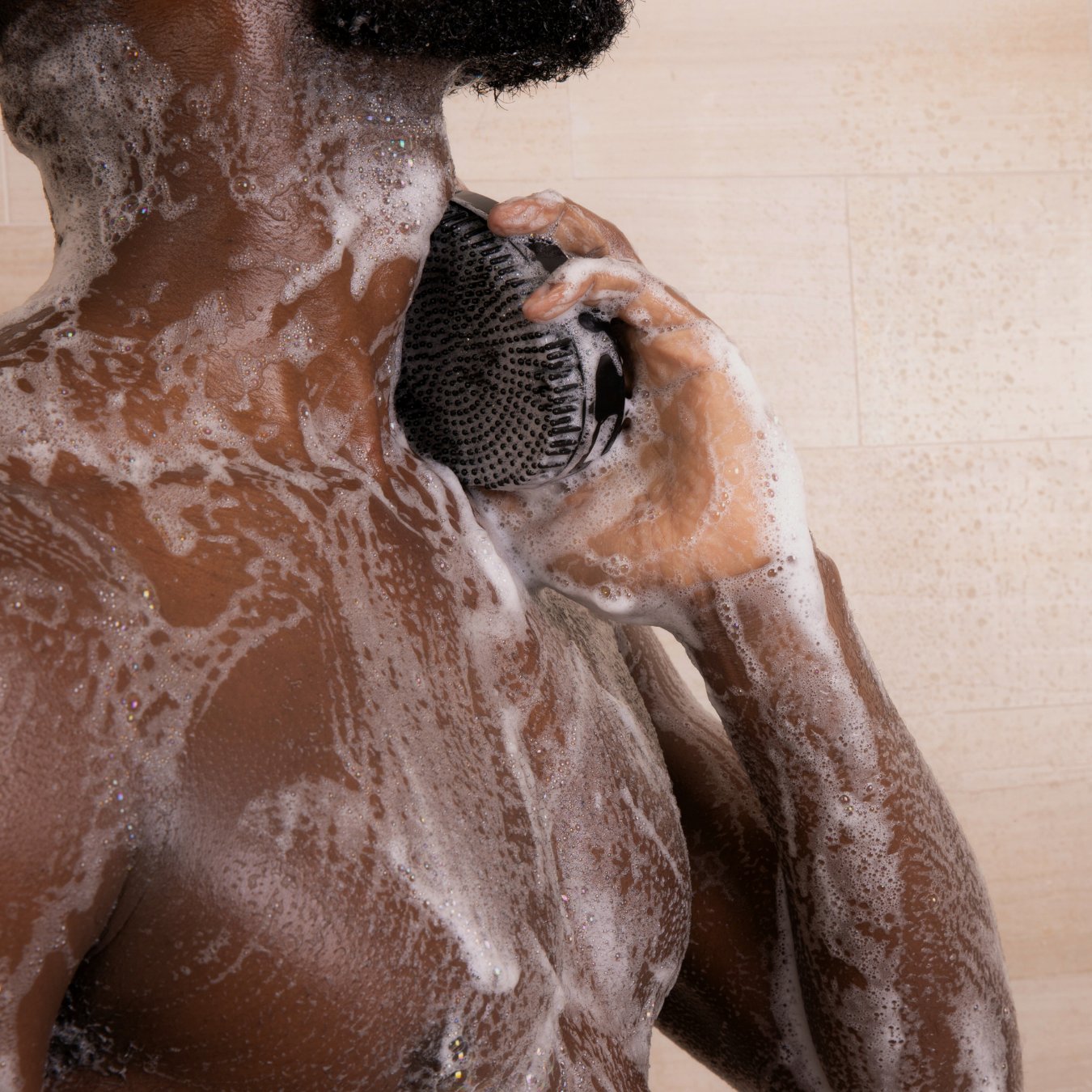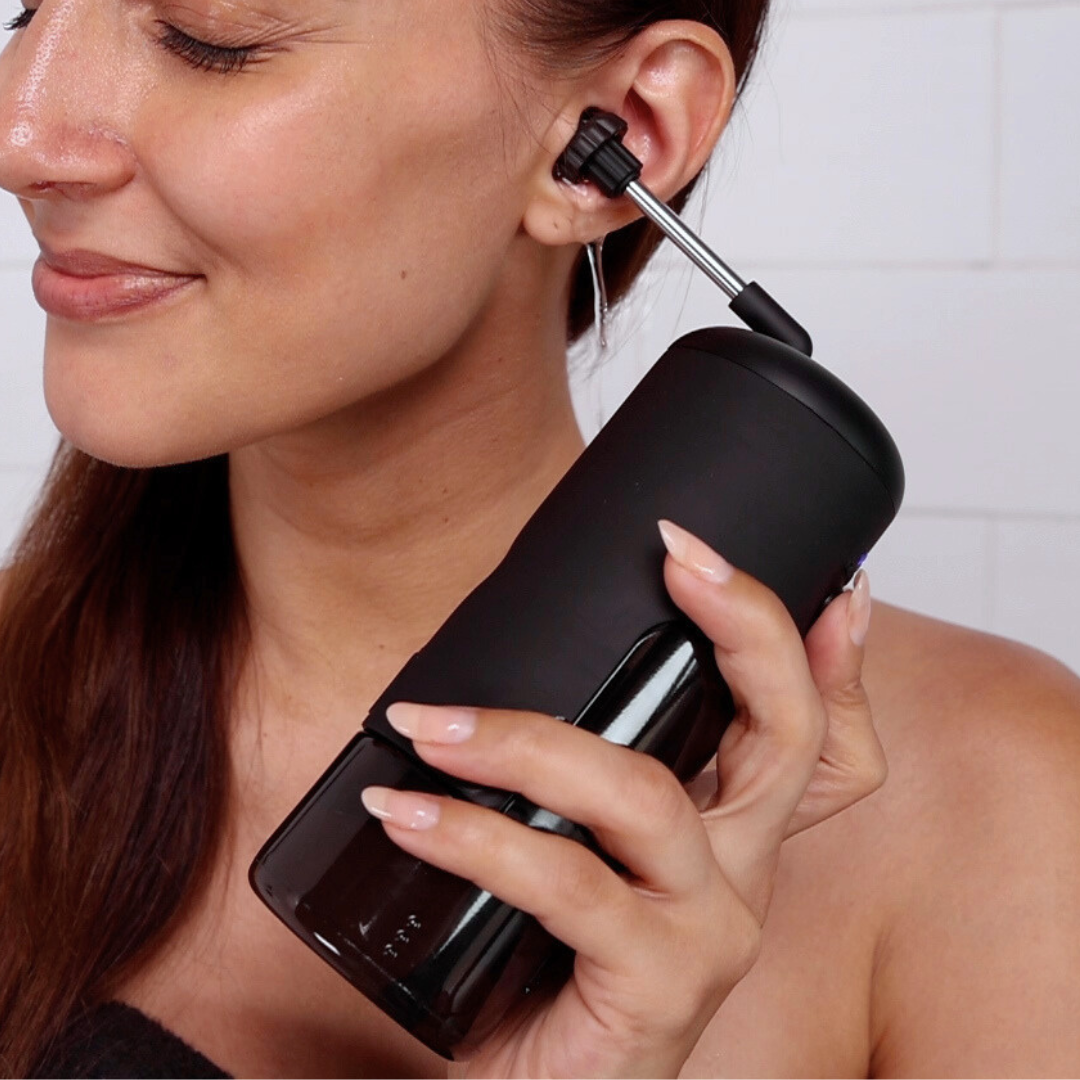What Is the Difference Between Blackheads and Whiteheads?
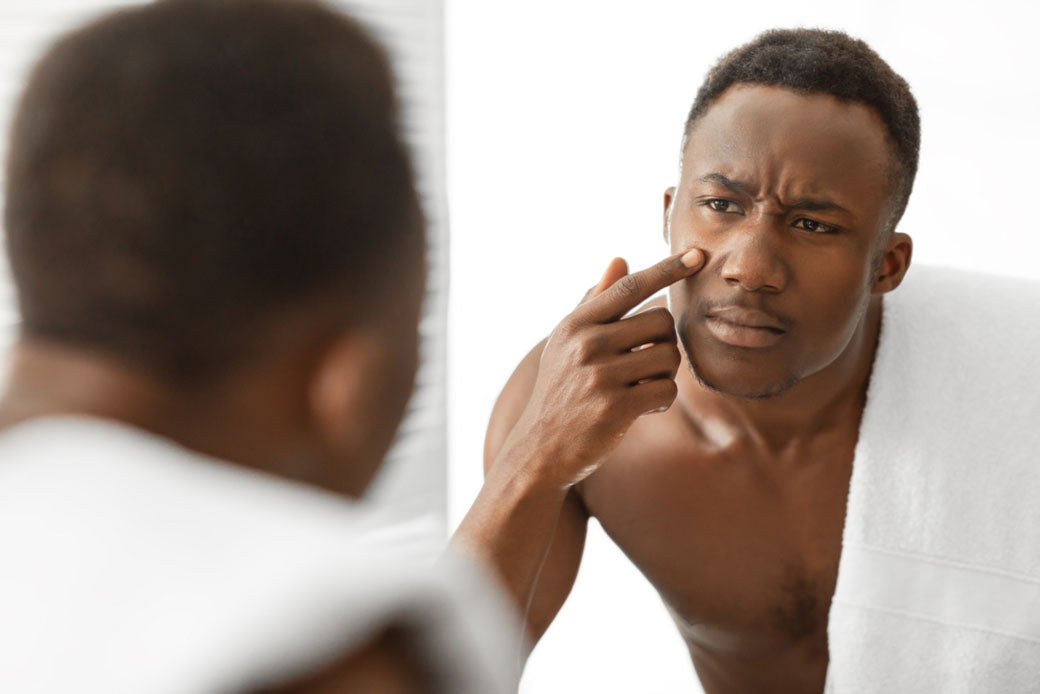
Source: Prostock-studio/ Shutterstock.com
Most guys lean into the mirror every morning to peruse the landscape. Too often, we find a vast medley of whiteheads and blackheads staring right back at us. Seems a safe assumption that guys generally regard all acne with equal disdain and probably don’t take a moment to ponder this question: Why does acne present in different ways? Is it just random chance? Not exactly.
The different types of acne do share a root cause. It all stems from clogged pores. What happens inside the clogged pore determines whether a zit becomes a whitehead or a blackhead. So let’s drop a little knowledge on you. Of course, knowledge alone won’t beat back your acne. Nah, for that you gotta keep it unclogged with allies like our charcoal face wash. But it’s definitely the case that a few drops of knowledge can open your eyes and further your effort to keep acne at bay.
Keep It Clean with Our Charcoal Face WashSo what’s up with the difference between whiteheads and blackheads? Let’s have a gander.
Bumps of acne begin to show themselves when your pores get clogged — dead skin cells and sebum from your sebaceous glands are generally the culprits. If the surface of the bumps pop open, air exposure turns the inner gunk from white to black. Unopened bumps remain white.
That’s basically what it comes down to.
Do you treat them the same?

Source: George Rudy/ Shutterstock.com
Essentially, yes. The basics of blackhead removal for men go a long way toward helping with the battle against whiteheads, too. The right charcoal face wash should be the foundation of every guy’s daily skincare routine. In addition, daily moisturizing is critical, whether your skin is naturally oily or dry. That keeps your sebaceous glands from zooming into sebum-producing overdrive.
And then a couple of times a week, you need to get in there and exfoliate with bamboo scrub to rid your pores of the dead skin cells and grime that daily washing leaves behind. For a final and oh-so-very-satisfying move that goes a long way toward eliminating blackheads, you want to use a charcoal face mask once per week. It gives you that deep, deep clean, pulling every little bit of acne-causing gunk, along with a sea of blackheads, from your pores.
Buy a Charcoal Face MaskThat satisfaction that comes from using a charcoal face mask should help quell the urge to perform that similarly satisfying but ultimately self-defeating move: pimple popping. Squeezing the gunk from your zits simply leads to more acne by spreading bacteria and introducing grime from your hands. This is a lesson we can’t stress enough. To drive the point home, a word of caution from dermatologist Wesley Bull: “Do not pop your blackheads or whiteheads. Squeezing them allows bacteria to enter the pore and causes them to become inflamed. It will only make the blemish worse.”
So let’s take a look at what we’ve learned today.
At the end of the day, whiteheads and blackheads aren’t so different. They both appear when pores get clogged. When clogged pores open, the inner gunk oxidizes and turns black. Because whiteheads and blackheads are basically, kinda the same thing, the necessary steps you should take to prevent/treat them has a lot of overlap.

Source: Dean Drobot/ Shutterstock.com
It’s all about that skincare routine: Clean with the right face wash a couple of times per day and moisturize afterward. And then bring out the heavy-duty stuff a little less frequently: Exfoliate about twice per week and apply a charcoal face mask weekly.
